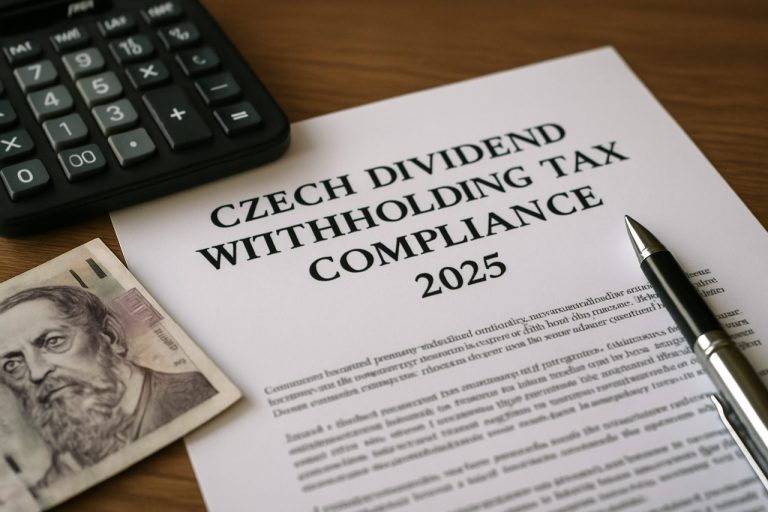
- Malaysia’s construction industry is governed by complex legal frameworks, crucial for developers and builders to understand.
- The Construction Industry Development Board (CIDB) plays a key role in maintaining safety and quality standards.
- Construction contracts are intricate, with potential legal disputes arising from contract complexities and procedural missteps.
- Dynamic laws such as changing government regulations can impact project costs and timelines, highlighting the need for meticulous contract management.
- The Construction Industry Payment and Adjudication Act (CIPAA) 2012 helps expedite payment disputes to sustain cash flow in the construction sector.
- Dispute resolution methods, including arbitration and mediation, are vital for maintaining efficiency but can be costly for smaller firms.
- Engaging with legal expertise early is crucial to navigate the intricacies of contracts and safeguard projects.
- Informed legal acumen is necessary to contribute to Malaysia’s urban growth while ensuring project stability.
Malaysia’s skyline tells a story of rapid urban growth. Towering skyscrapers punctuate the horizon, each an emblem of modern architectural prowess. Yet beneath this grandeur lies a complex legal framework that governs the very foundations of the construction industry. For both seasoned developers and nascent builders, understanding construction law is crucial.
At the heart of Malaysia’s construction industry is the Construction Industry Development Board (CIDB), which safeguards standards and regulations. The CIDB ensures that industry players adhere to safety and quality measures, reducing risks in construction projects. Despite its regulatory prowess, many companies find themselves entangled in legal disputes due to contract complexities and procedural missteps.
Contracts in Malaysian construction law can be as formidable as the edifices they pertain to. They are laden with clauses, from timelines and deliverables to payment schedules and liability issues. One miscommunication or oversight can spiral into costly legal battles, draining resources and stalling projects.
Consider a scenario: A developer signs a contract with a contractor to build a residential tower. Amidst the project, a change in government regulations demands additional safety measures. The contractor proceeds without updating the terms, leading to disagreements over increased costs. This is a classic example of how dynamic laws can catch stakeholders unprepared, emphasizing the importance of meticulous contract management.
Moreover, Malaysia’s diverse legal landscape includes acts like the Construction Industry Payment and Adjudication Act (CIPAA) 2012, designed to expedite payment disputes. This act enables swift resolution, ensuring that cash flow is maintained in the traditionally cash-strapped construction sector. Understanding CIPAA’s provisions is vital for any business engaged in construction.
Dispute resolution mechanisms, such as arbitration and mediation, play significant roles in upholding efficiency in the industry. Arbitration, often quicker and more flexible than court proceedings, allows parties to resolve issues while preserving professional relationships. Nevertheless, the path to arbitration is littered with challenges and costs that can be prohibitive for smaller companies.
The vibrant yet intricate mosaic of construction law in Malaysia challenges all players to stay informed and agile. The takeaway for companies and professionals is clear: Engage with legal expertise early and often. Consulting with seasoned legal advisors can illuminate the convoluted pathways of contracts and regulations, safeguarding projects from unforeseen legal turbulence.
In essence, the dynamism of Malaysia’s urban landscape is mirrored by its intricate legal framework. As the construction industry continues to burgeon, so too does the necessity for acute legal acumen. By navigating these challenges with foresight and precision, industry players can contribute to Malaysia’s magnificent skyline while ensuring their projects are as stable legally as they are structurally.
Unlocking the Blueprint: Navigating Malaysia’s Construction Law Complexities
Understanding the Landscape of Construction Law in Malaysia
Malaysia’s skyline is transforming dramatically, a testament to its rapid urbanization. However, underlying this architectural marvel is a sophisticated legal structure essential for maintaining safety and quality in the construction industry. From towering skyscrapers to residential developments, all facets of construction are underpinned by detailed regulations.
Key Elements of Malaysia’s Construction Law
The Role of the Construction Industry Development Board (CIDB)
The Construction Industry Development Board (CIDB) serves as the backbone of Malaysia’s construction sector. It ensures that industry standards and regulations are upheld, prioritizing safety and quality. CIDB’s impact is expansive, influencing everything from licensing contractors to setting standards for building materials.
Navigating Complex Contracts
Construction contracts in Malaysia are intricate and multifaceted. They cover timelines, deliverables, payment schedules, and liability issues. Missteps in contract management can lead to costly legal battles. Developers and contractors must ensure meticulous attention to detail in drafting and revising these contracts.
Addressing Legal Disputes: Putting CIPAA to Work
The Construction Industry Payment and Adjudication Act (CIPAA) 2012 is a vital tool in resolving payment disputes swiftly. Designed to maintain cash flow in the often cash-strapped construction industry, CIPAA allows for fast-tracking grievances related to payments. Familiarizing oneself with CIPAA—knowing how to file a claim or mount a defense—is critical for all stakeholders.
Dispute Resolution Mechanisms
Beyond legislative frameworks, dispute resolution mechanisms such as arbitration and mediation are pivotal. These mechanisms often provide a quicker, more amicable alternative to court proceedings, preserving professional relationships. However, they present challenges like cost and complexity that might be burdensome for smaller entities.
How-To Steps & Life Hacks: Navigating Construction Contracts
1. Engage Legal Counsel Early: Involve legal advisors from the onset to guide contract negotiations and ensure compliance with all legal requisites.
2. Conduct Thorough Reviews: Regularly review and update contracts to accommodate regulatory changes and avoid disagreements.
3. Utilize ADR Strategies: Employ Alternative Dispute Resolution (ADR) methods, like mediation or arbitration, to resolve conflicts efficiently.
Real-World Use Cases: Adapting to Legal Frameworks
Developers and contractors adapt by implementing systems that streamline compliance with CIDB’s guidelines and CIPAA’s processes. For example, digital platforms are being used to manage project timelines and execute robust compliance tracking.
Market Forecasts & Industry Trends
The construction industry in Malaysia is projected to continue its growth trajectory due to ongoing urbanization and governmental infrastructure initiatives. However, the industry faces potential challenges from increasing regulation and environmental sustainability demands.
Pros & Cons Overview
Pros:
– Structured Legal Framework: Provides clarity and protection for stakeholders.
– Swift Dispute Resolution: CIPAA ensures timely financial settlements.
Cons:
– Complexity and Cost: Navigating regulations and resolving disputes can be costly, particularly for small companies.
– Dynamic Legal Environment: Frequent changes in laws can catch stakeholders unprepared.
Actionable Recommendations
1. Strengthen Contract Management: Use detailed, adaptive contracts to reduce risk exposure.
2. Stay Informed: Continuously monitor legal updates affecting the construction industry.
3. Invest in Legal Consultancy: Regularly consult with legal experts to navigate the complex legal terrain effectively.
By embracing proactive legal strategies and engaging in ongoing education on regulatory changes, industry players can contribute to Malaysia’s architectural growth while ensuring their operations remain legally sound.
For more information on Malaysia’s construction industry, visit the Construction Industry Development Board website.



